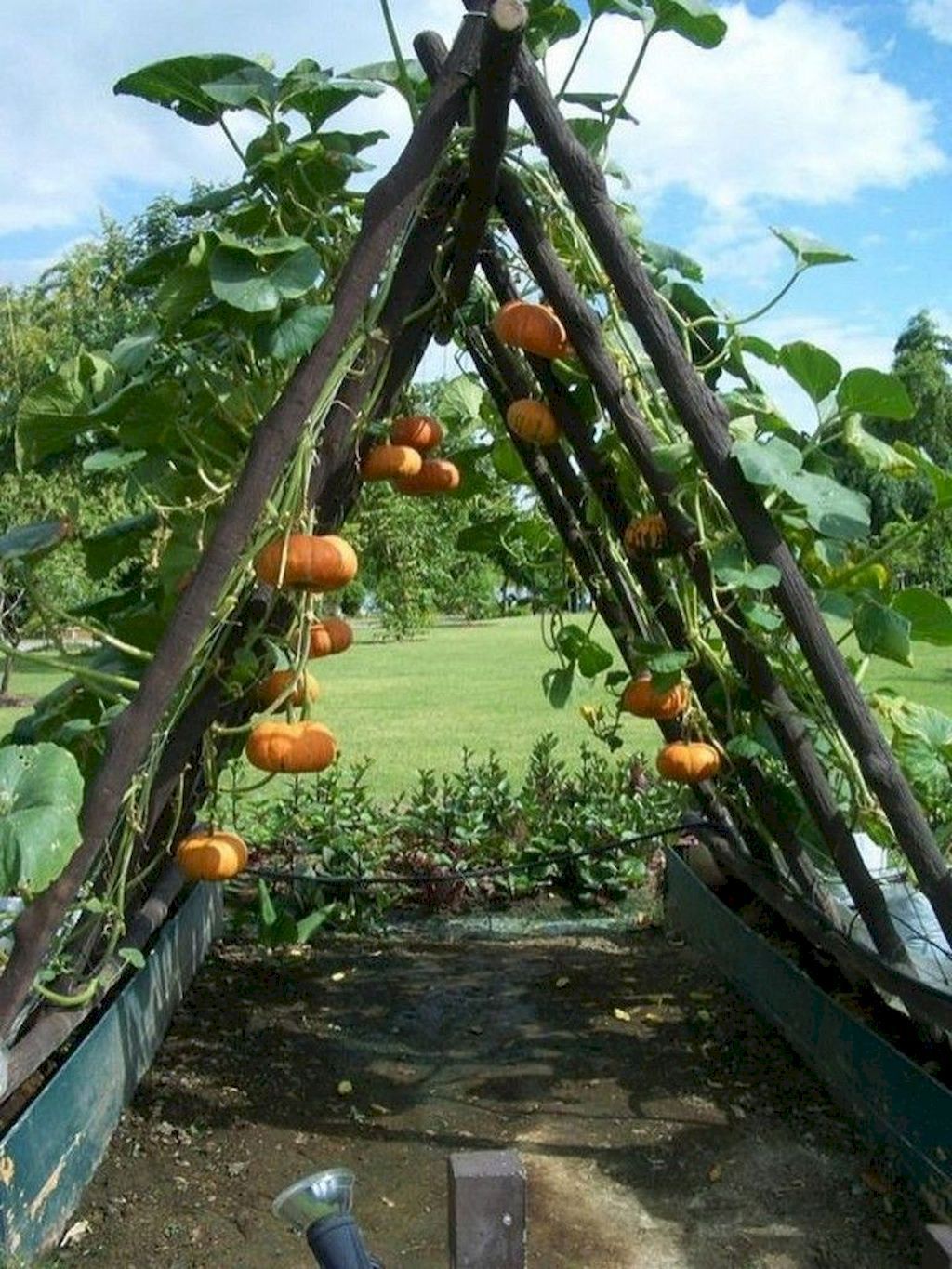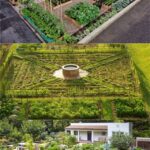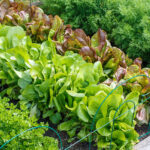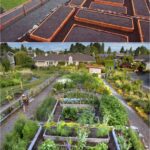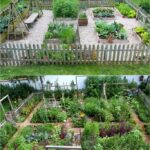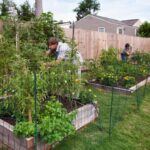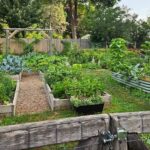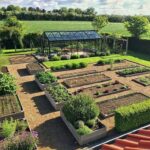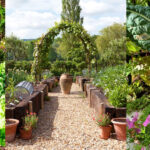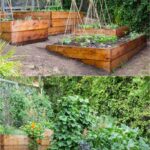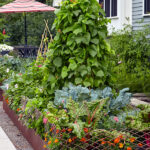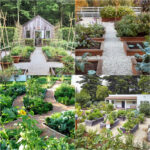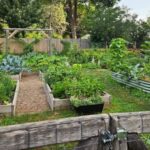When it comes to designing a vegetable garden, there are a few key factors to consider in order to create a successful and visually appealing space. One important aspect to keep in mind is the layout of the garden. It’s essential to plan out the placement of your plants in a way that takes into account their individual needs for sunlight, spacing, and drainage. Consider creating designated areas for different types of vegetables, such as root vegetables, leafy greens, and vine plants, to maximize space and organization.
Another important element to consider is the size and shape of your garden beds. Raised beds are a popular choice for vegetable gardens, as they provide better drainage and soil aeration, as well as easier access for planting, weeding, and harvesting. Make sure to leave enough space between beds to allow for pathways and working room, while also considering the height of the beds to ensure comfortable access for all gardeners.
Incorporating vertical gardening techniques can also be a great way to maximize space and productivity in a vegetable garden. Trellises, arbor structures, and hanging baskets can all be utilized to grow climbing plants like cucumbers, peas, and tomatoes, while also adding visual interest and dimension to the garden. Vertical gardening can help conserve space and make it easier to manage and care for plants, especially in smaller or urban gardens.
Consider incorporating companion planting strategies into your vegetable garden design. Companion planting involves planting different types of vegetables and herbs together that benefit each other in various ways, such as repelling pests, improving soil health, and enhancing growth and flavor. By strategically grouping plants together based on their compatibility and benefits to one another, you can create a more resilient and diverse garden that promotes overall plant health and productivity.
In addition to the layout and design elements of a vegetable garden, it’s important to consider the overall aesthetics and style of the space. Choose plants and features that complement the existing landscape and architecture of your home, while also reflecting your personal taste and preferences. Incorporating decorative elements like garden art, colorful containers, and pathway materials can enhance the visual appeal of the garden and create a welcoming and enjoyable outdoor space for both gardening and relaxing.
Lastly, don’t forget to plan for proper irrigation, fertilization, and maintenance of your vegetable garden. Consider installing a drip irrigation system or soaker hoses to ensure even and efficient watering, especially during hot summer months. Regularly fertilize the soil with organic amendments and compost to provide essential nutrients to your plants, and stay on top of weeding, pruning, and pest control to keep your garden healthy and thriving. By incorporating these design elements and considerations into your vegetable garden planning, you can create a beautiful and productive outdoor space that will provide you with fresh and delicious produce for years to come.
